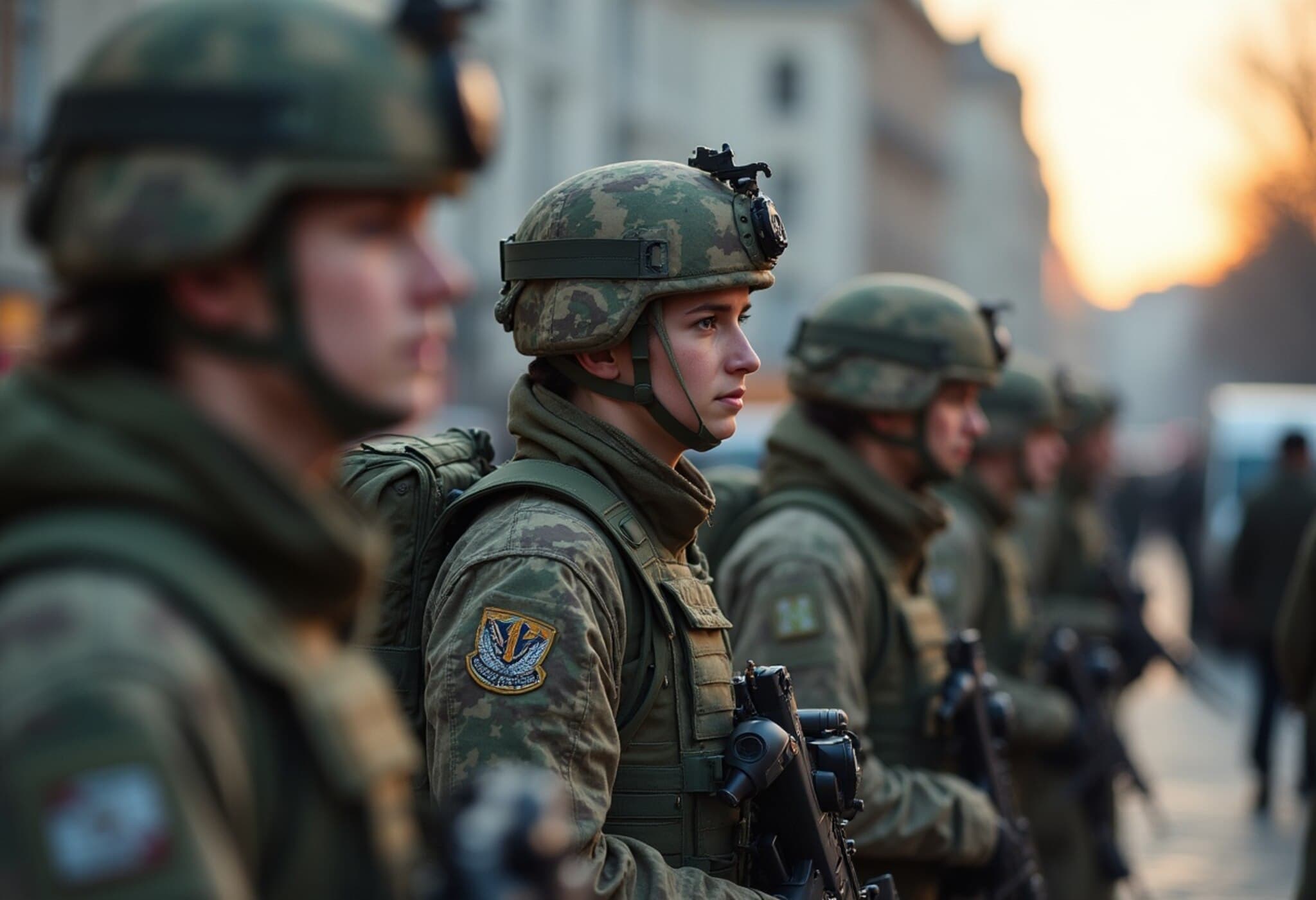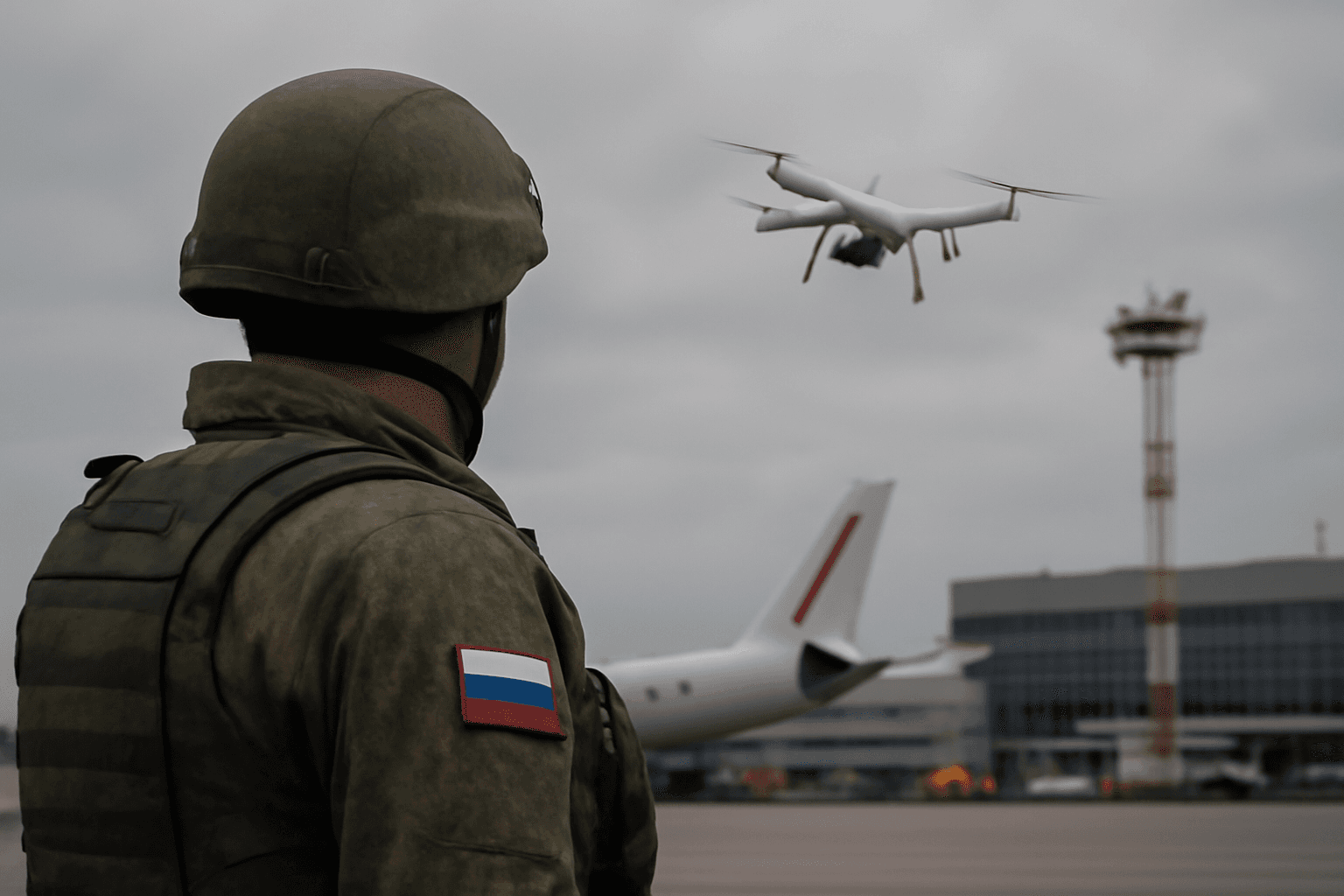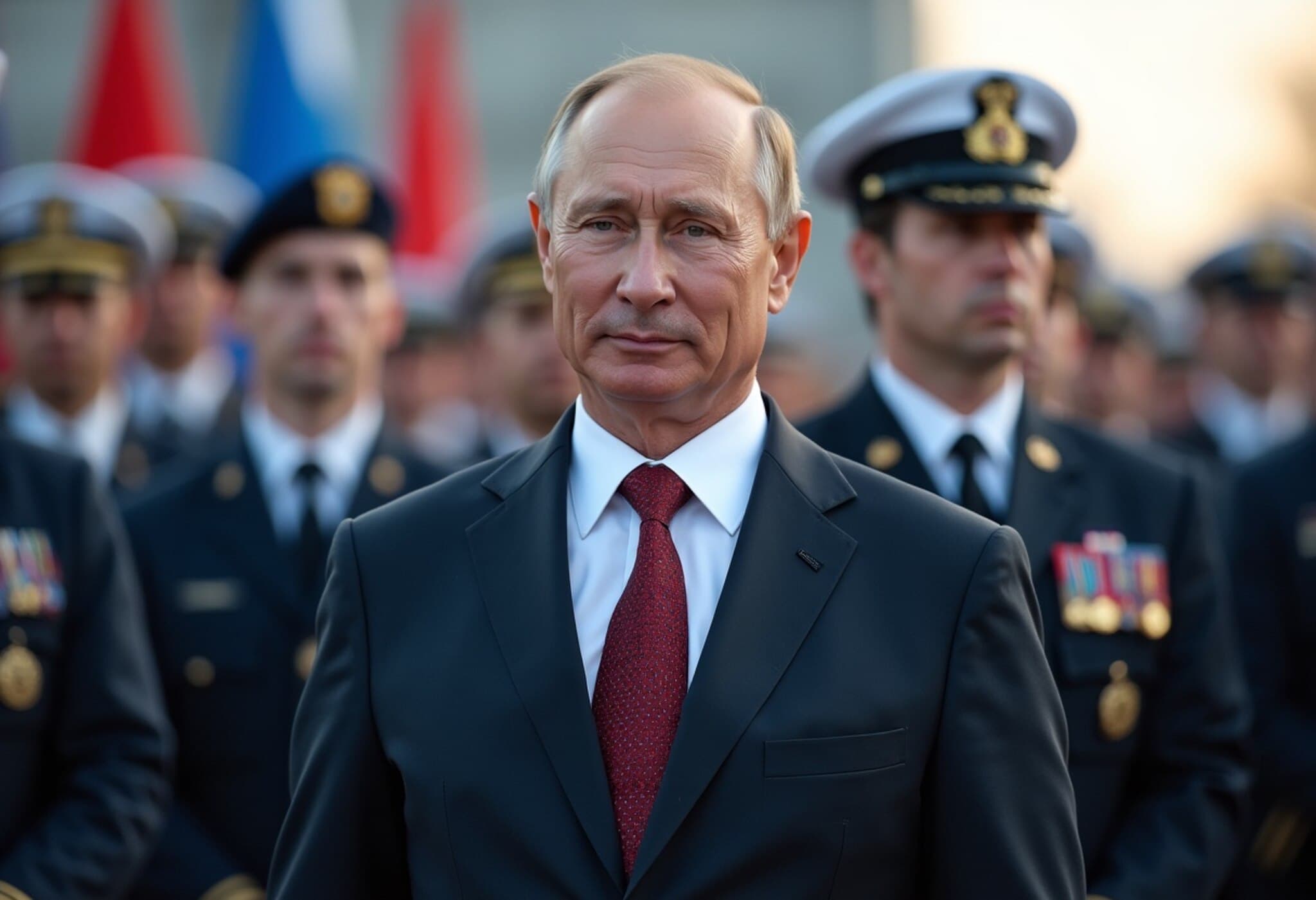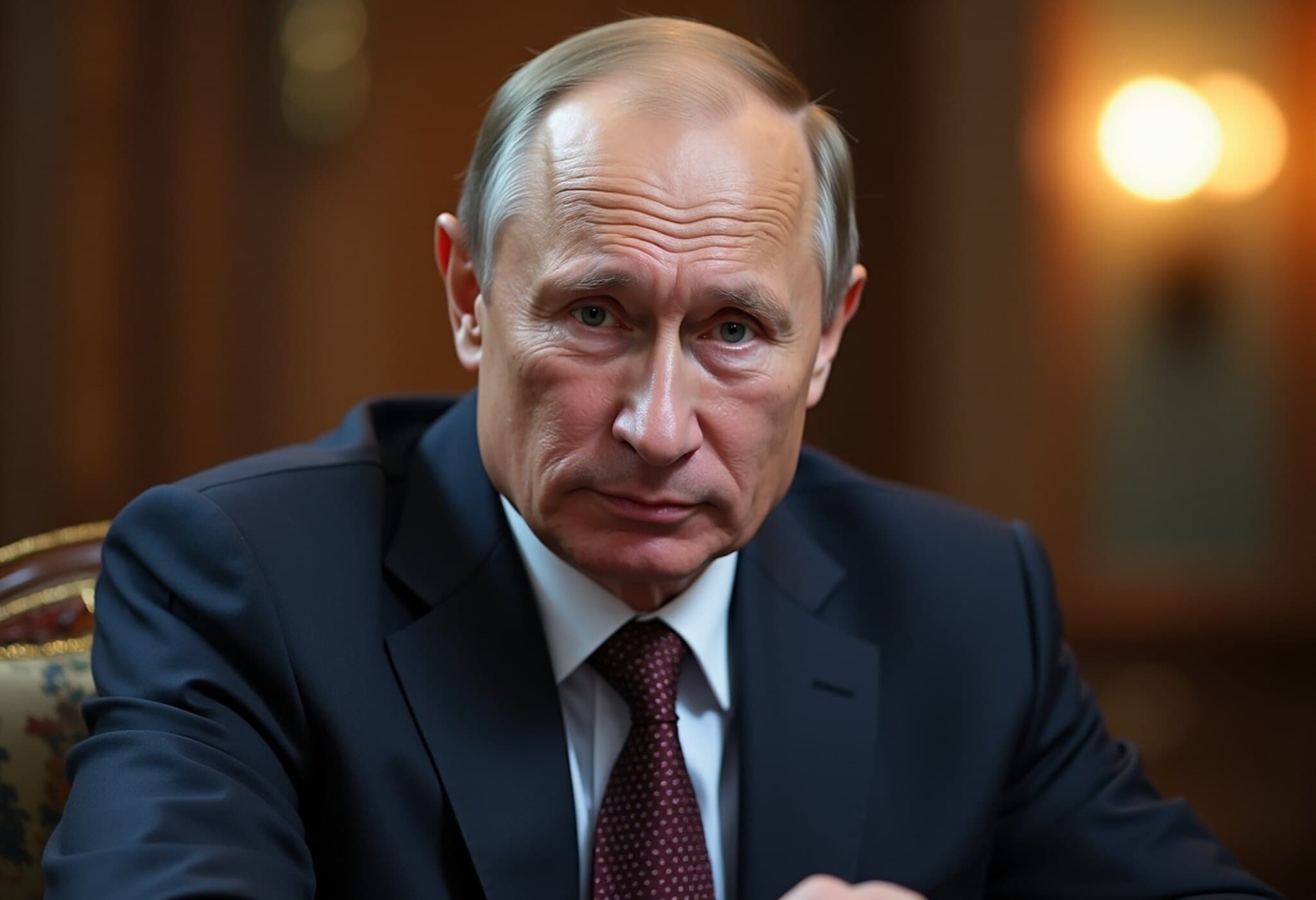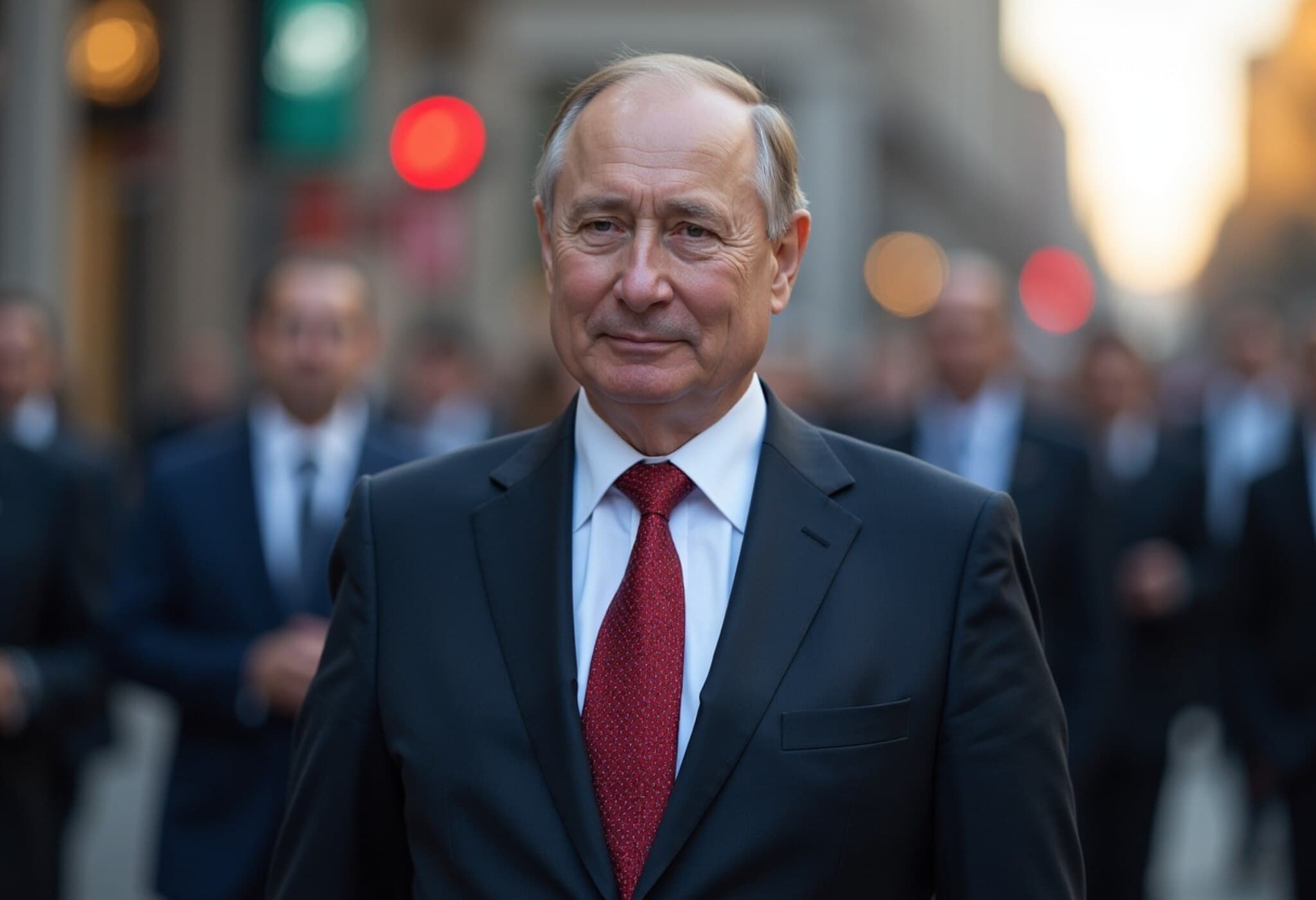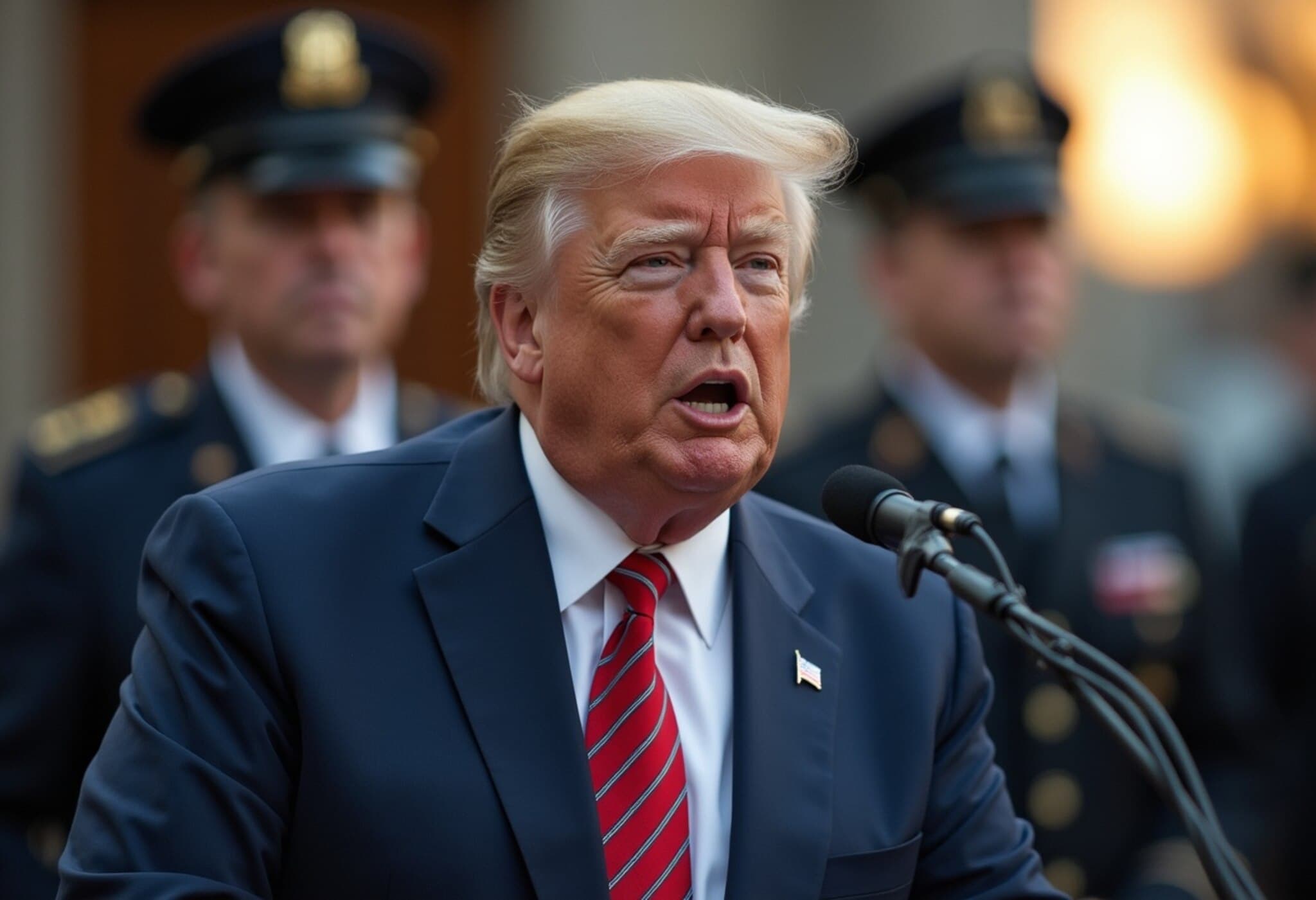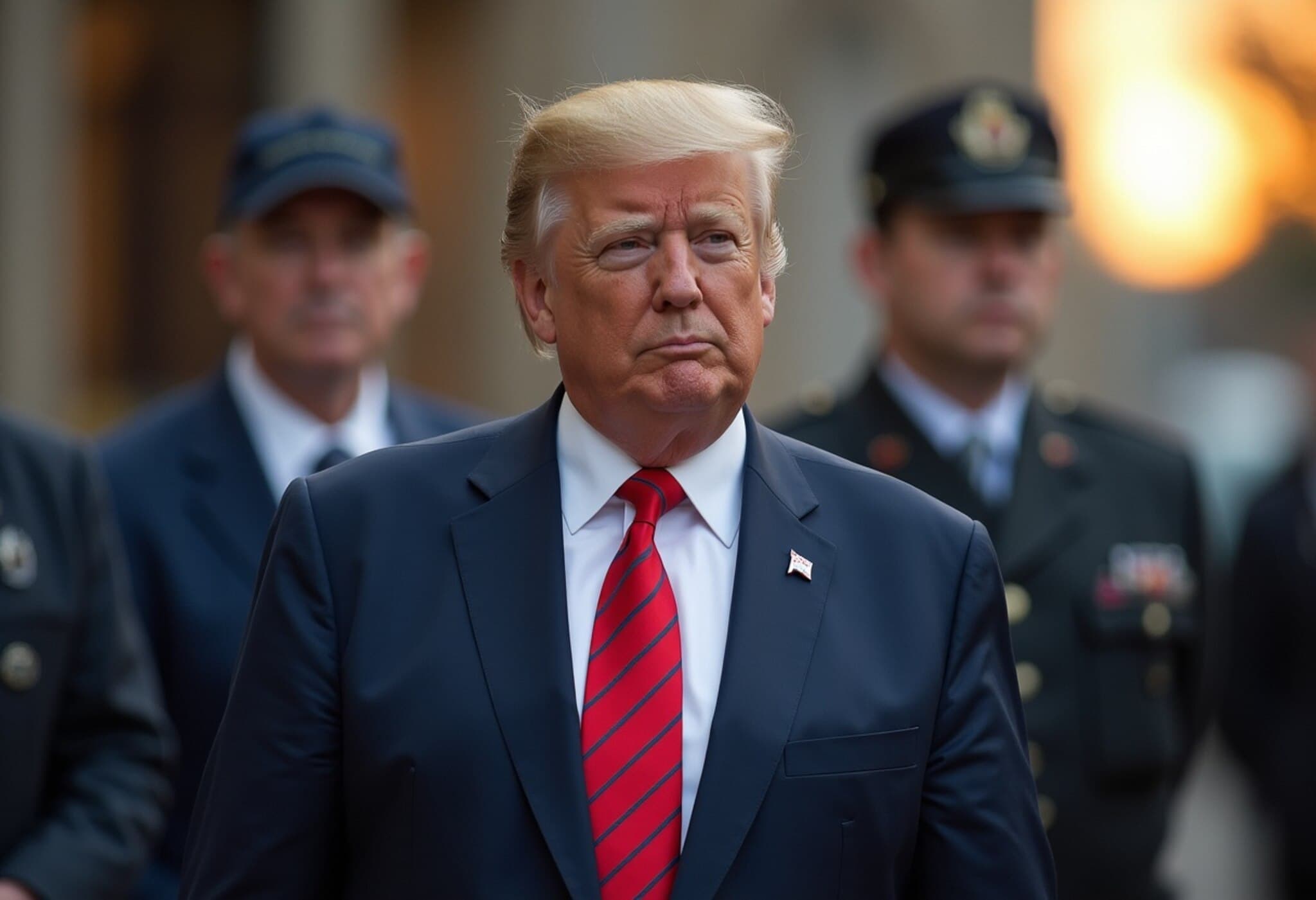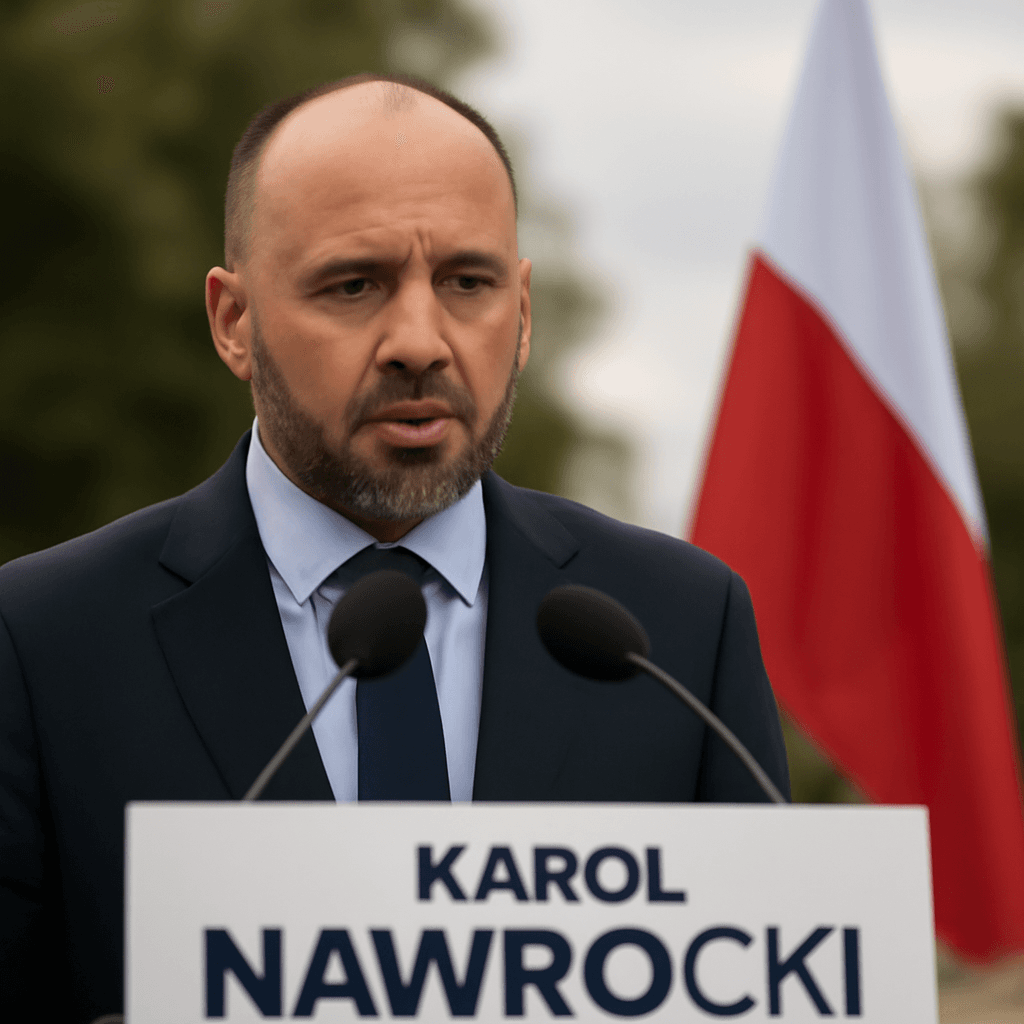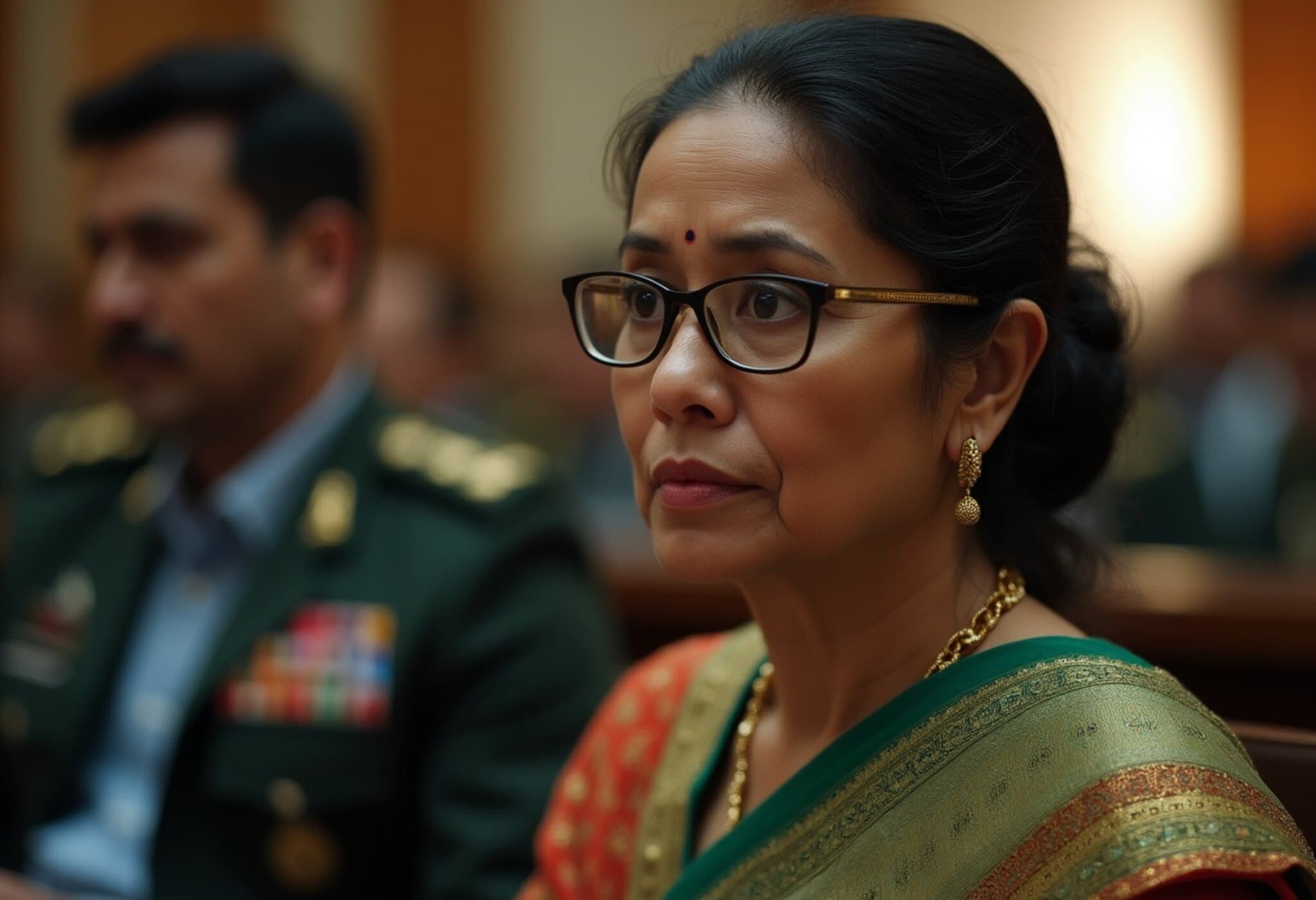Netherlands Initiates NATO’s New Funding Scheme for Ukraine with $578 Million Commitment
In a significant move underscoring NATO’s commitment to Ukraine’s defense, the Netherlands has become the first country to contribute under the alliance’s newly established Priority Ukraine Requirements List (PURL) financing mechanism. On Monday, Dutch Defense Minister Ruben Brekelmans announced a landmark payment of €500 million (approximately $578 million) aimed at bolstering Ukraine’s air defense capabilities and ammunition supplies.
The Details Behind the Financing Mechanism
The PURL scheme, developed collaboratively by NATO member states, Ukraine, and the United States, allows Ukraine to access U.S. military equipment from existing stockpiles, with funding pooled from NATO allies like the Netherlands. This innovative approach aims to streamline and accelerate weapon deliveries tailored to Ukraine’s immediate operational needs.
- The Dutch package includes critical components such as Patriot missile system parts and air defense munitions.
- Other NATO member countries have pledged financing under the same scheme, signaling a collective effort to support Ukraine’s ongoing defense efforts.
- The U.S. is facilitating military aid through packages valued at approximately $500 million each, focusing on air defense, ammunition, and essential supplies.
Strategic and Political Implications
Minister Brekelmans emphasized that this funding directly supports Ukraine’s struggle against Russian aggression, extending not just to Ukraine’s sovereignty but also safeguarding broader European security. The Netherlands’ pioneering contribution sets a precedent within NATO for coordinated and efficient military aid disbursement.
Previously, President of the United States indicated that Europe would finance additional weapons shipments to Ukraine, but operational specifics remained unclear until now. The introduction of the PURL system marks a tangible step towards greater logistical coordination among allies amid the ongoing conflict.
Expert Insight: What This Means for NATO and Ukraine
From a policy analyst perspective, this new financing framework solves a critical bottleneck: ensuring rapid, funded access to vital military inventory without unilateral delays. The pooling of resources fosters strategic solidarity and relieves the administrative burden on Ukraine while maintaining pressure on Russia through sustained material support.
Economically, the Netherlands’ substantial upfront commitment demonstrates the severity and urgency of the conflict’s impact, making clear that Western European nations are willing to invest heavily beyond political rhetoric.
Experts also caution that while this financing mechanism increases efficiency, questions remain about long-term sustainability and ensuring that funding aligns with Ukraine’s evolving battlefield priorities. Monitoring how other NATO allies respond will be crucial to sustaining momentum.
Looking Ahead: NATO’s Role and Regional Stability
As NATO strengthens logistical and financial frameworks behind Ukraine’s defense, this move symbolizes a strategic shift towards more dynamic and collectively funded military assistance. With Russia’s aggression continuing to destabilize Eastern Europe, such initiatives signal NATO’s recognition that collective security is indivisible.
In the American context, this partnership highlights a pragmatic approach where the U.S. provides equipment directly, while financial responsibility is shared across European allies, balancing burden-sharing with robust support.
Key Takeaways
- The Netherlands has become the first NATO ally to fund Ukraine’s weapon acquisition under the new $578 million PURL mechanism.
- This scheme allows Ukraine rapid access to U.S. military stockpiles funded by NATO members, streamlining aid delivery.
- The initiative reinforces Europe’s commitment to regional security amidst ongoing Russian aggression.
- Experts highlight the model’s potential but underscore the importance of sustained, adaptable financing aligned with battlefield needs.
Editor’s Note
The inauguration of NATO’s Priority Ukraine Requirements List marks a turning point in collective defense financing. While the Netherlands’ substantial contribution sets a strong example, it opens critical questions around alliance-wide fiscal responsibility, long-term strategic planning, and how this new mechanism will adapt as the conflict evolves. Observers should watch carefully how other NATO nations engage with this framework and what it reveals about the alliance’s unity and resolve in sustaining Ukraine’s defense against ongoing aggression.

